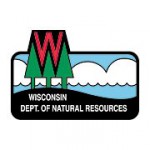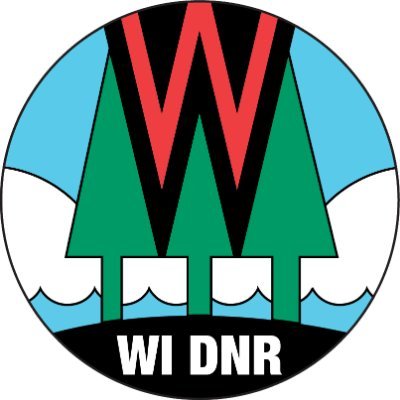DNR Confirms CWD In Wild Deer In Trempealeau County
Baiting And Feeding Bans Renewed
MADISON, Wis. – The Wisconsin Department of Natural Resources (DNR) confirms a wild deer tested positive for chronic wasting disease (CWD) in Trempealeau County. The deer was harvested in the town of Hale.
This detection will cause the following:
- Trempealeau and Jackson counties will renew the baiting and feeding bans already in place.
- Eau Claire County currently has a baiting and feeding ban in place from positive detections within the county. The ban in Eau Claire is not renewed by this detection because it is longer than the two-year ban that would result from this detection.
The deer was a hunter-harvested 3-year-old doe and is the first confirmed wild deer CWD-positive detected in Trempealeau County.
The DNR also reminds the public that it is illegal to hunt over an area previously used for legal baiting and feeding until that area is completely free of bait or feed for 10 consecutive days.
More information regarding baiting and feeding regulations is available on the DNR’s Baiting and Feeding webpage.
Baiting or feeding deer encourages them to congregate unnaturally around a shared food source where infected deer can spread CWD through direct contact with healthy deer or indirectly by leaving behind infectious prions in their saliva, blood, feces and urine.
Hunters Can Help
The DNR asks deer hunters in Trempealeau, Jackson and Eau Claire counties to help with efforts to identify where CWD occurs on the landscape by having their deer tested for the disease. The collection of CWD samples is essential for assessing the presence of CWD in the deer population across the state.
CWD is a fatal, infectious nervous system disease of deer, moose, elk and reindeer/caribou. It belongs to the family of diseases known as transmissible spongiform encephalopathies (TSEs) or prion diseases. The DNR began monitoring the state’s wild white-tailed deer population for CWD in 1999. The first positives were found in 2002.
More general information about CWD can be found on the DNR’s CWD webpage.
NOTE: This press release was submitted to Urban Milwaukee and was not written by an Urban Milwaukee writer. While it is believed to be reliable, Urban Milwaukee does not guarantee its accuracy or completeness.
Mentioned in This Press Release
Recent Press Releases by Wisconsin Department of Natural Resources
DNR Seeking Public Comment For Environmental Review Of Marshfield Safe Drinking Water Loan Program Project
Dec 11th, 2024 by Wisconsin Department of Natural ResourcesGroundbreaking Production Coming to Historic Third Ward January 2025






















